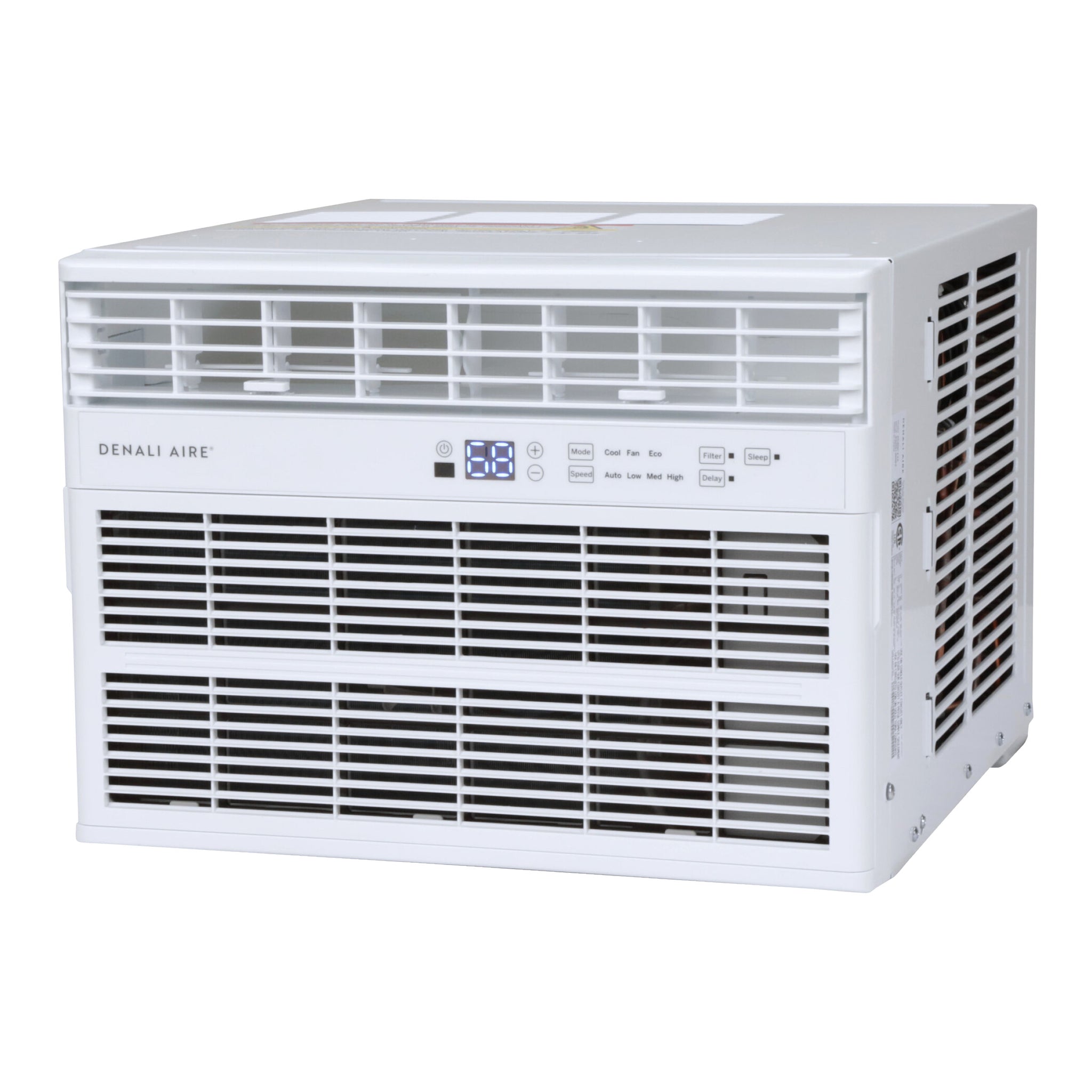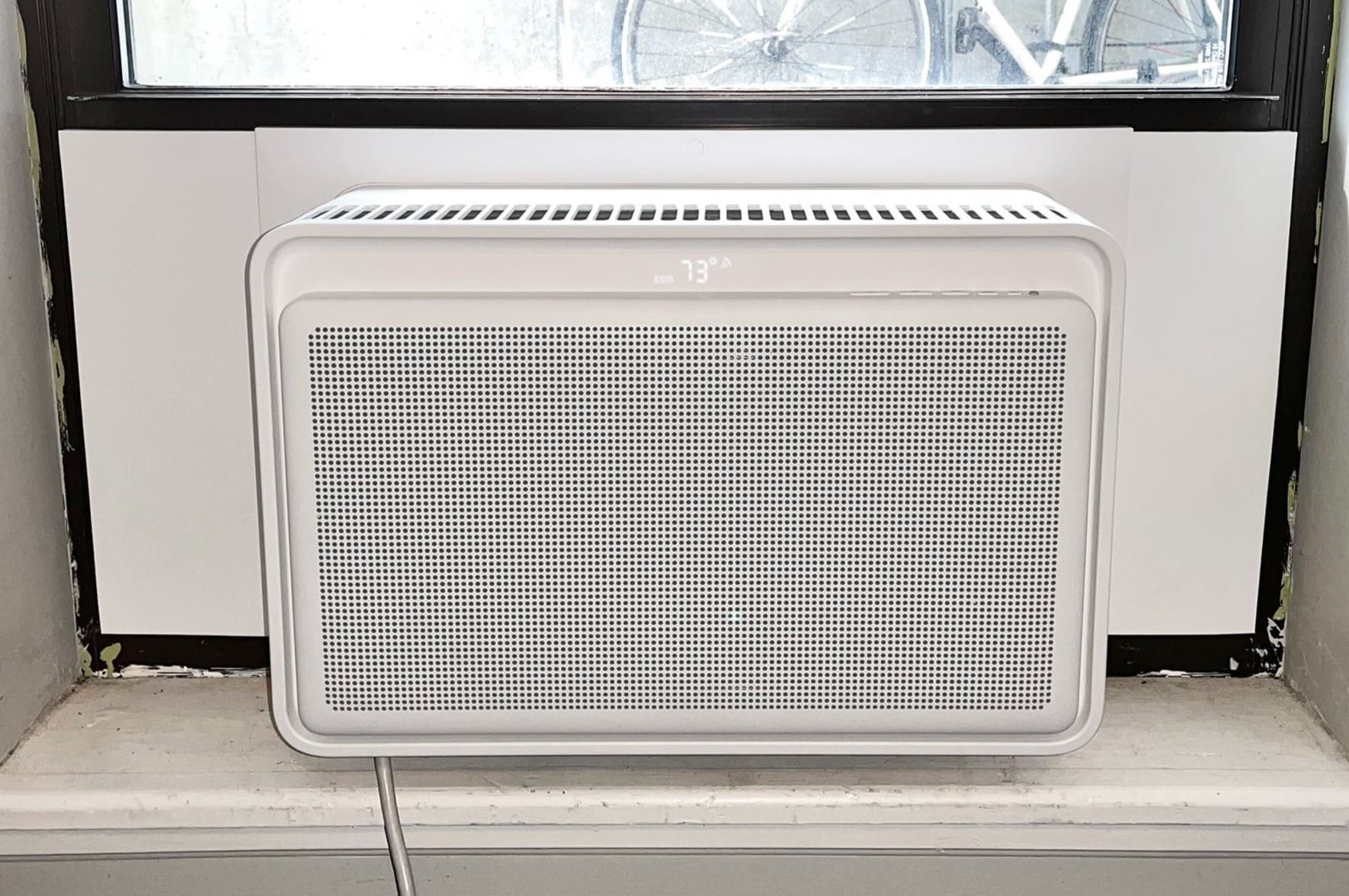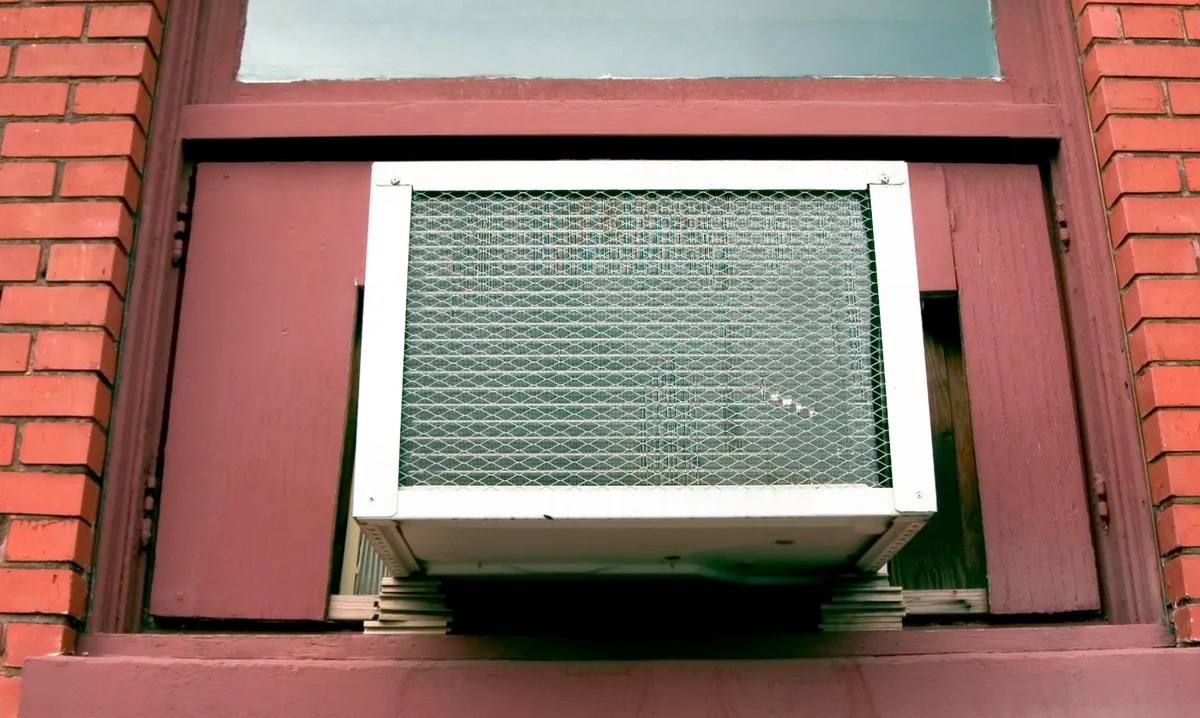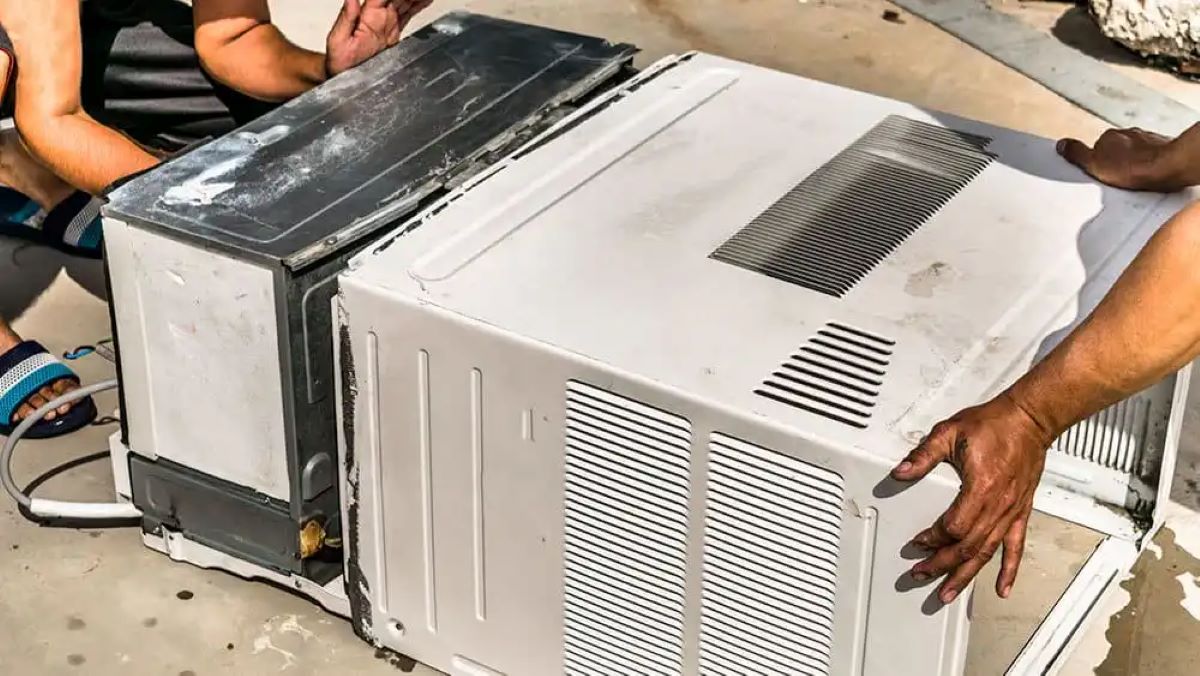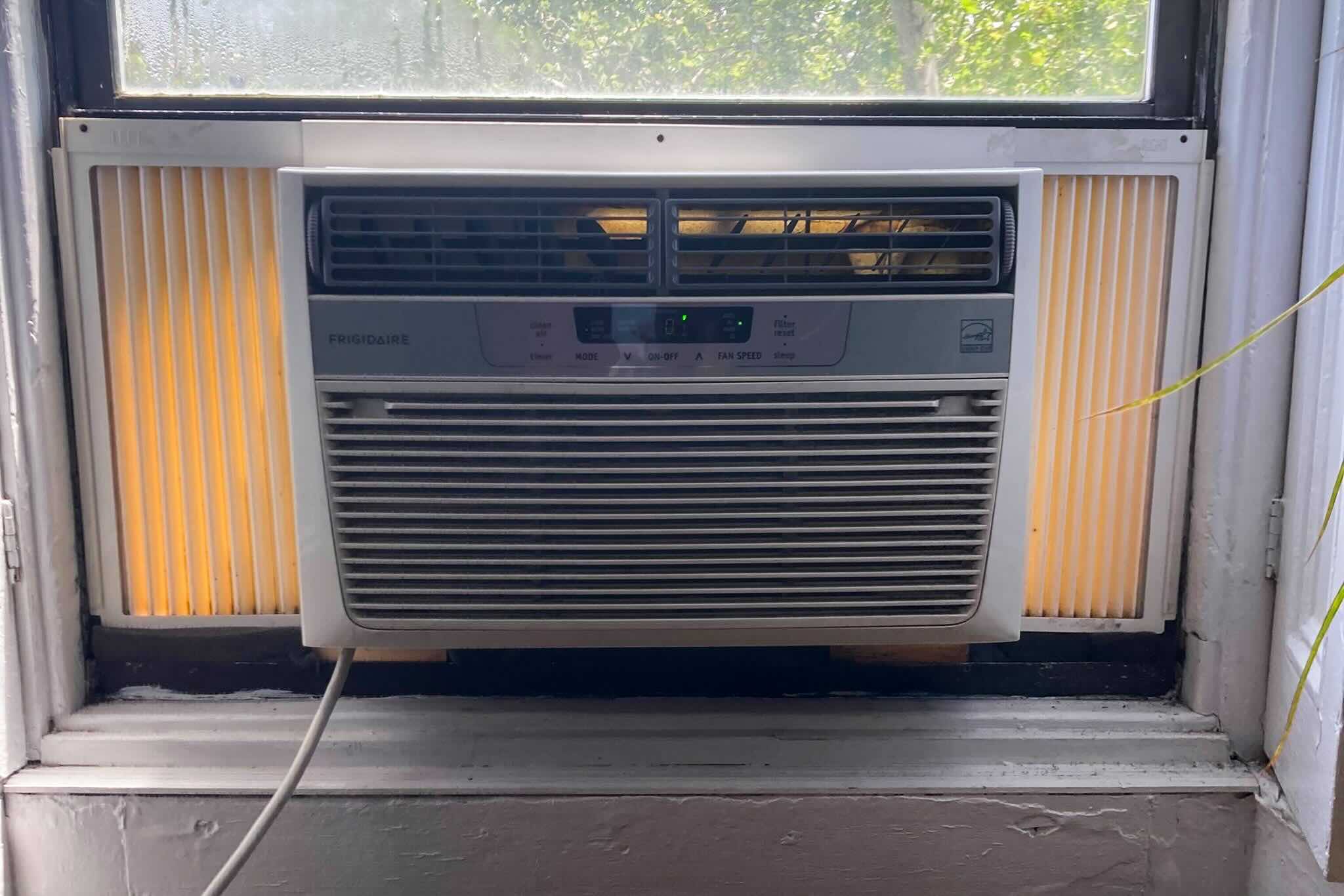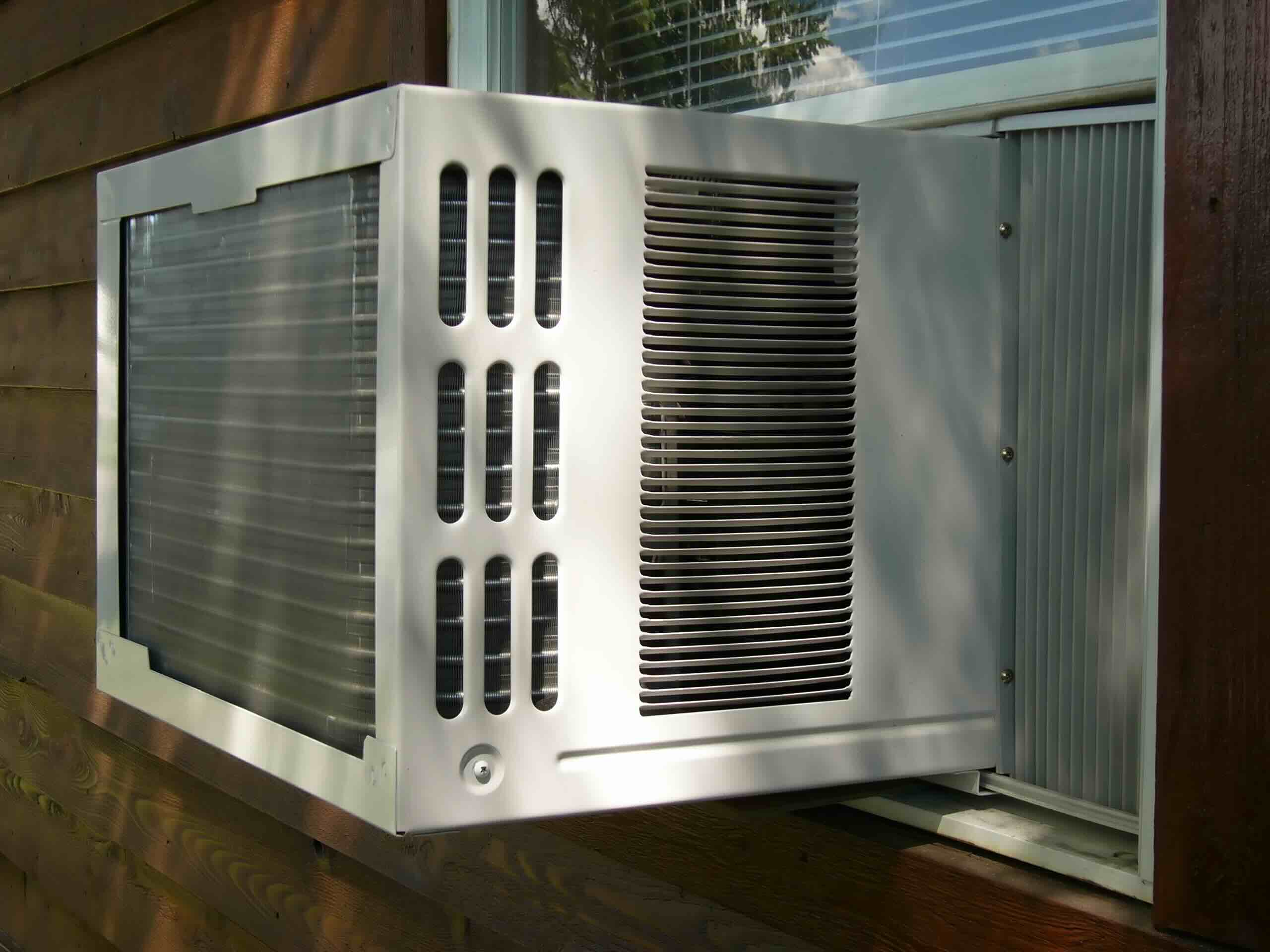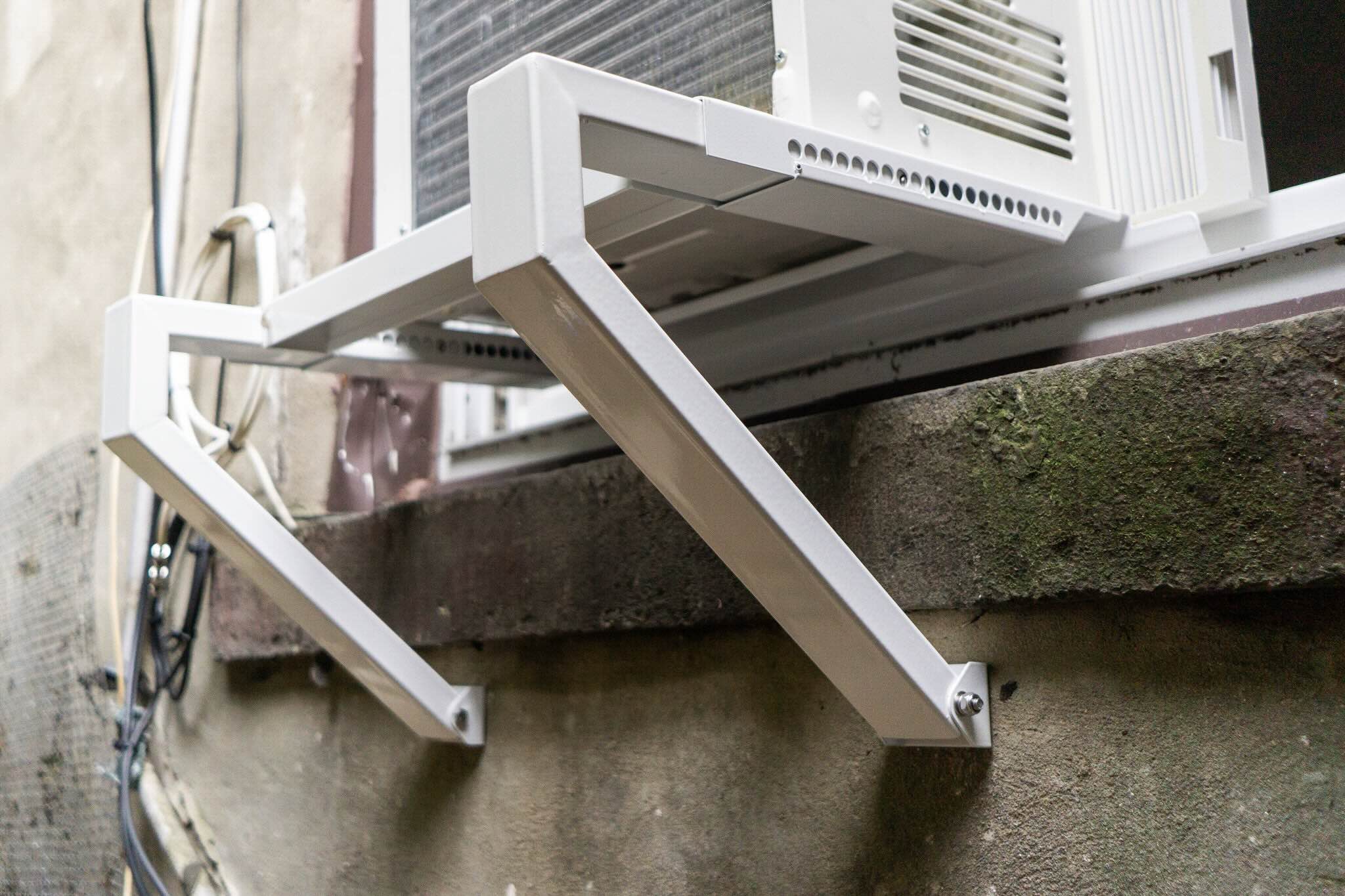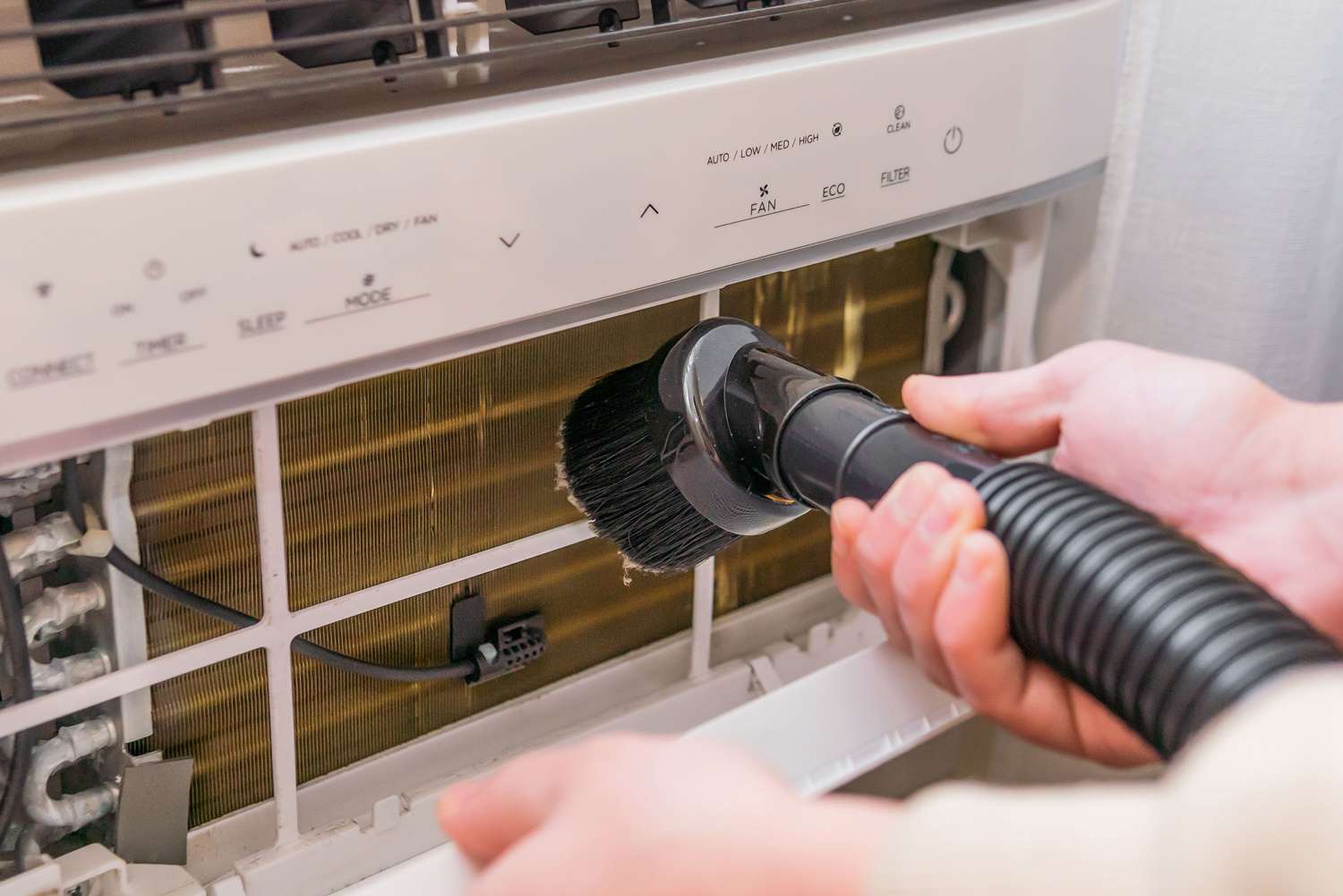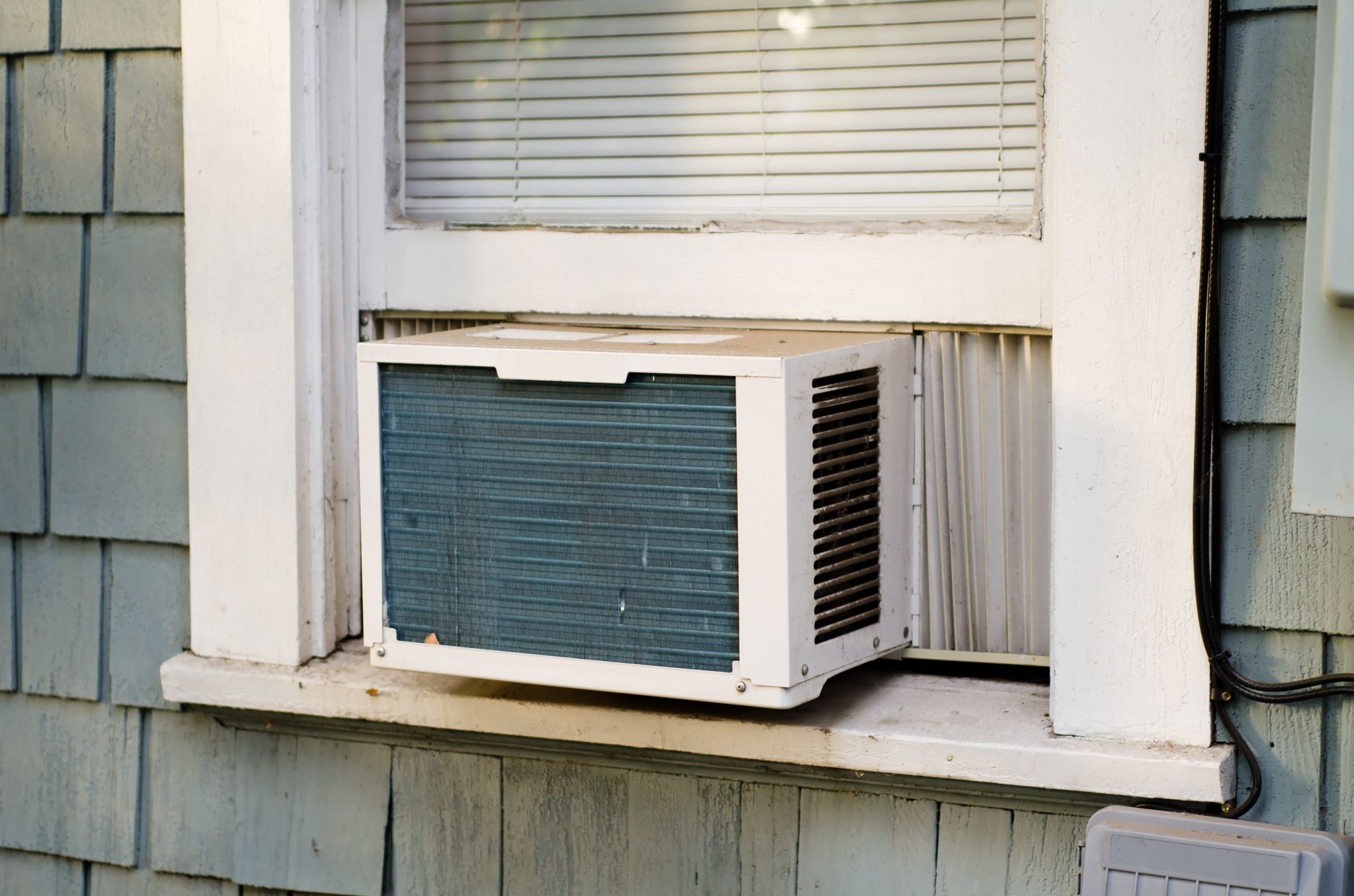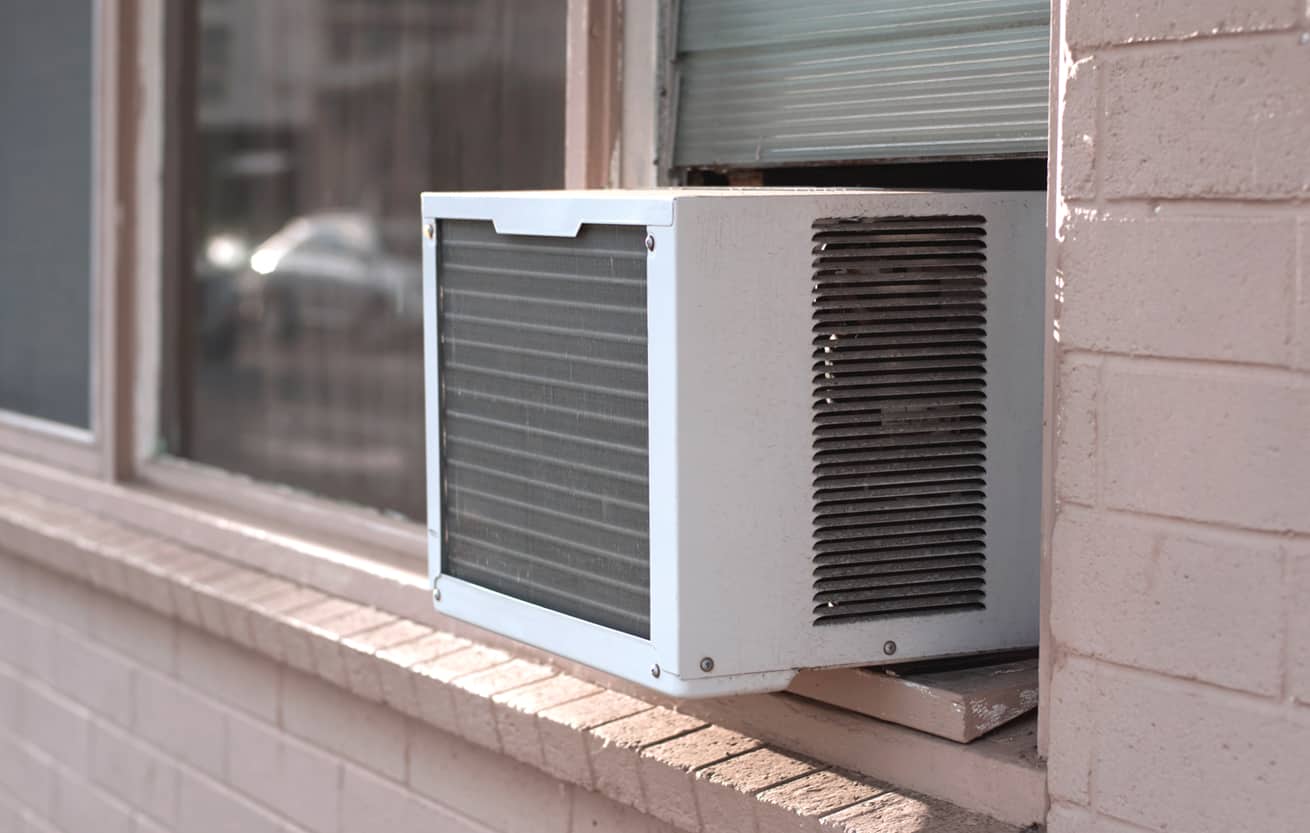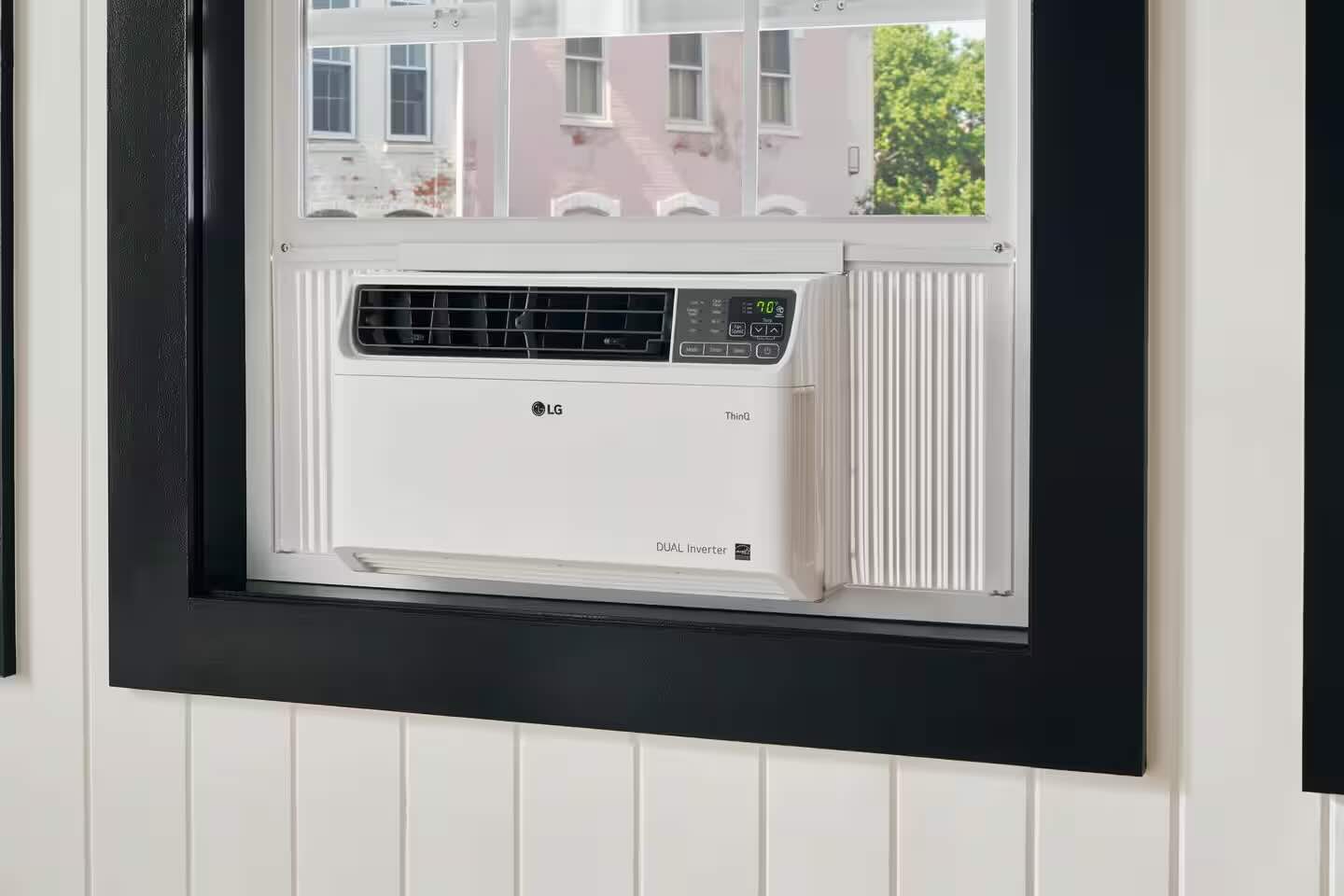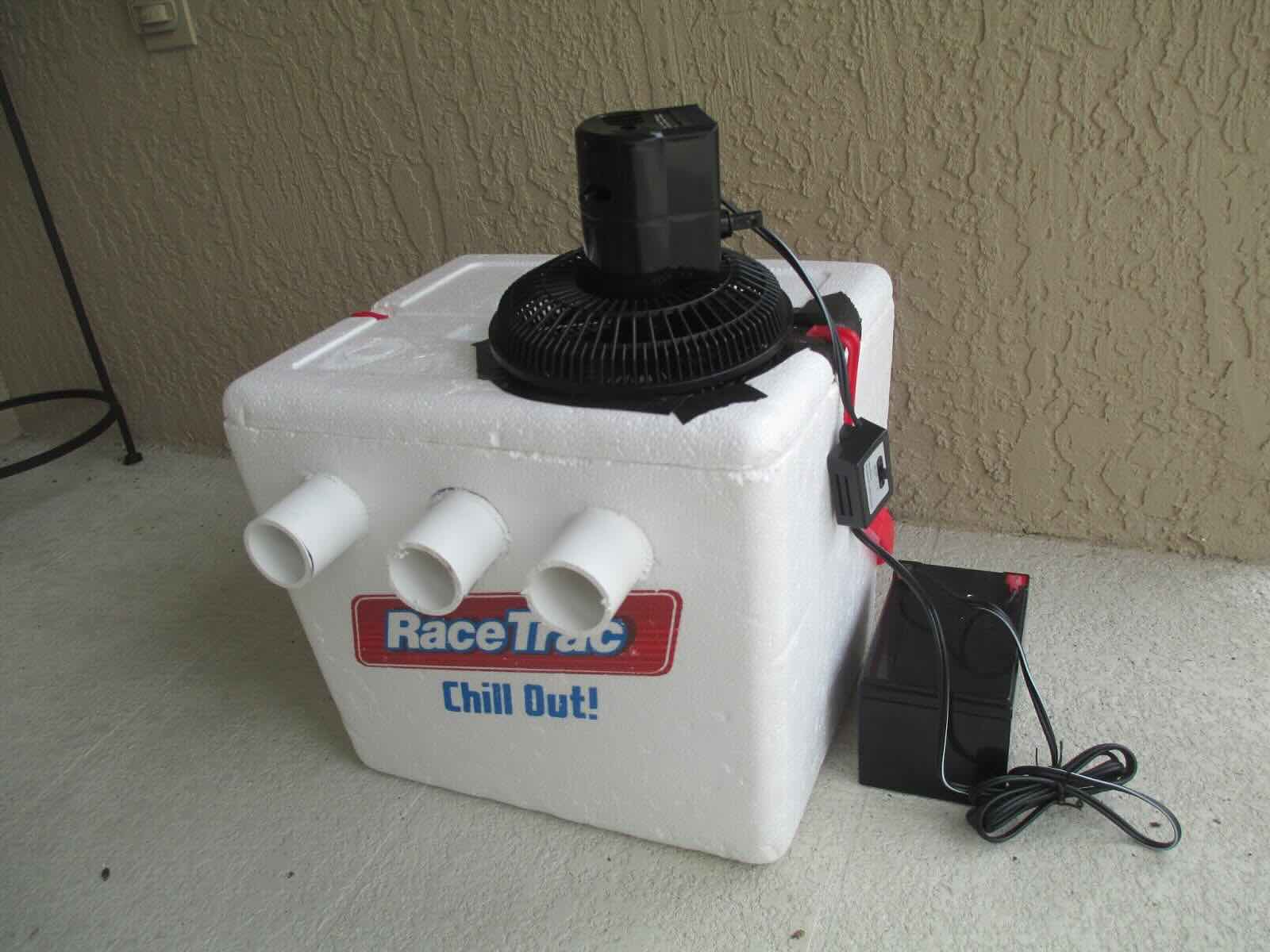Home>Home Maintenance>How To Make A Window Air Conditioner Quieter
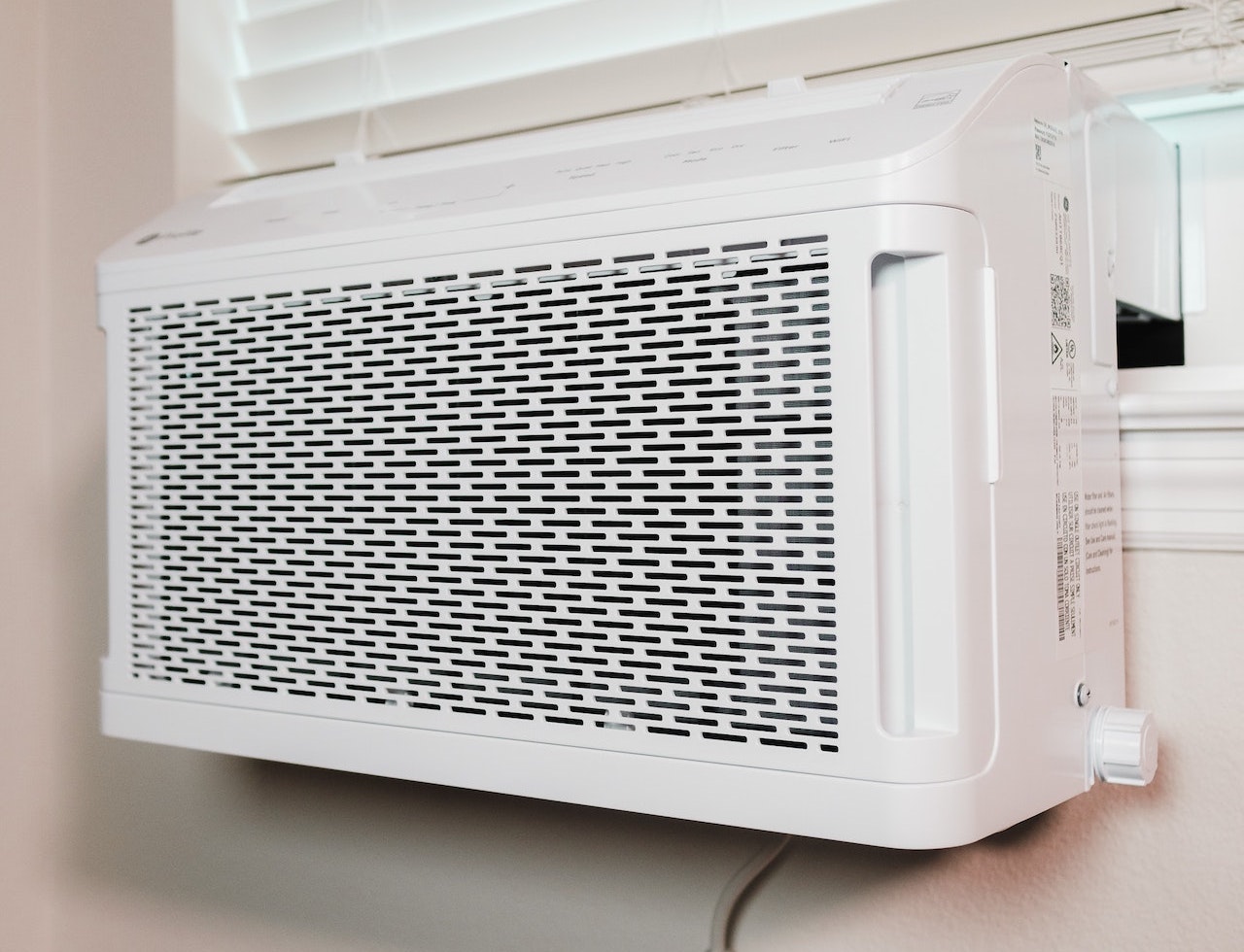

Home Maintenance
How To Make A Window Air Conditioner Quieter
Modified: March 7, 2024
Learn how to make your window air conditioner quieter with these simple home maintenance tips. Improve your comfort and enjoy a quieter indoor environment.
(Many of the links in this article redirect to a specific reviewed product. Your purchase of these products through affiliate links helps to generate commission for Storables.com, at no extra cost. Learn more)
Introduction
Welcome to our comprehensive guide on how to make a window air conditioner quieter. Window air conditioners are a great way to cool your home, especially in the summer months. However, the noise they produce can be a source of annoyance and disturbance, especially during sleep or when trying to relax. Fortunately, there are several steps you can take to reduce the noise generated by your window air conditioner.
In this article, we will guide you through understanding the noise levels of window air conditioners, identifying the source of noise, ensuring proper installation, soundproofing techniques, using noise-canceling devices, and regular maintenance and cleaning strategies.
By following these tips, you’ll be able to create a more peaceful and comfortable environment in your home while still enjoying the benefits of a cool and refreshing climate.
Key Takeaways:
- Keep your window air conditioner quiet by identifying and addressing the source of noise, ensuring proper installation, and using soundproofing techniques. Regular maintenance and cleaning also play a crucial role in reducing noise levels.
- Reduce window air conditioner noise with noise-canceling devices like headphones, white noise machines, and vibration isolation pads. Implementing these strategies can create a peaceful and comfortable home environment.
Read more: How To Make My Air Conditioner Quieter
Understanding Noise Levels of Window Air Conditioners
Before diving into the various methods to make your window air conditioner quieter, it’s helpful to understand the noise levels associated with these units. Window air conditioners typically produce noise from two primary sources: the compressor and the fan.
The compressor is responsible for cooling the air, while the fan distributes the cool air throughout the room. Both components generate noise, with the fan often being the louder of the two.
Noise levels are measured in decibels (dB). The higher the dB value, the louder the sound. Most window air conditioners operate at around 50-60 dB, which is equivalent to background conversation or rainfall. However, some older models or units with mechanical issues can produce noise levels exceeding 70 dB, which can be quite disruptive.
It’s important to note that even a small reduction in noise levels can make a noticeable difference in creating a more peaceful and comfortable living space.
Now that you have an understanding of the noise levels associated with window air conditioners, let’s move on to identifying the source of the noise.
Identifying the Source of Noise
When it comes to making your window air conditioner quieter, it’s crucial to identify the source of the noise. By pinpointing the specific component or area generating the noise, you can focus your efforts on addressing that particular issue.
Here are a few steps to help you identify the source of noise:
- Listen for distinctive sounds: Pay close attention to the type of noise your air conditioner is producing. Is it a buzzing or rattling sound? Or is it more of a whirring or grinding noise? Different sounds can indicate different issues.
- Inspect the fan: Start by examining the fan blades. Loose or damaged fan blades can create a significant amount of noise. Ensure that the blades are clean and free from any obstructions. Tighten any loose screws or bolts.
- Check the compressor: The compressor is another potential source of noise. Listen for any unusual sounds coming from this component, such as clicking or clunking noises. If you suspect a compressor issue, it’s best to contact a professional technician for inspection and repair.
- Examine the unit’s placement: Sometimes, the noise generated by a window air conditioner can be amplified or distorted due to its placement. Ensure that the unit is properly mounted and balanced. Consider using isolation pads or rubber feet to reduce vibrations and minimize noise transmission to the surrounding structure.
- Look for loose parts: As your air conditioner operates, it can suffer from wear and tear. Check for any loose parts, such as screws, panels, or grilles. Tighten or replace any components that may be causing noise.
By taking these steps to identify the source of noise, you will have a better understanding of the specific issue and be better equipped to address it effectively. Once you have identified the source, you can proceed to the next steps, which involve ensuring proper installation and implementing soundproofing techniques.
Ensuring Proper Installation
Proper installation of your window air conditioner is essential not only for its efficiency but also for reducing noise levels. A correctly installed unit will minimize vibrations and ensure optimal performance. Here are some tips to ensure proper installation:
- Choose the right size: Selecting an air conditioner that is the appropriate size for your room is crucial. An undersized unit may have to work harder, leading to increased noise levels. Conversely, an oversized unit may cycle on and off frequently, causing unnecessary noise. Follow the manufacturer’s guidelines or consult with a professional to determine the correct size for your space.
- Install on a level surface: Make sure the surface on which you install the unit is level and stable. This will prevent excessive vibrations, which can contribute to noise. Use a level to ensure the unit is positioned correctly.
- Seal gaps and cracks: Before installing the air conditioner, inspect the window area and seal any gaps or cracks. This will prevent outside noise from infiltrating your home and minimize noise leakage from the unit. Use weatherstripping or silicone caulk to seal any openings.
- Use foam insulation: To further reduce vibrations and noise transmission, consider using foam insulation around the window frame. This will create a buffer zone between the unit and the window, absorbing sound waves and reducing overall noise levels.
- Check the mounting brackets: Ensure that the mounting brackets or support brackets provided with your window air conditioner are securely attached. Loose or unstable brackets can cause the unit to vibrate and produce excessive noise. Follow the manufacturer’s instructions for proper installation.
By following these installation guidelines, you can significantly reduce the noise generated by your window air conditioner. Remember to refer to the unit’s manual or consult with a professional if you have any specific installation questions or concerns.
Consider using a soundproofing blanket or foam panels to reduce noise from a window air conditioner. These materials can help absorb and block the sound, making your unit quieter.
Soundproofing Techniques for Window Air Conditioners
If you want to further minimize the noise produced by your window air conditioner, implementing soundproofing techniques can be highly effective. Soundproofing helps to reduce noise transmission and create a more peaceful environment. Here are some techniques to consider:
- Acoustic Panels: Install acoustic panels around the window or near the air conditioner to absorb sound waves. These panels are designed to reduce noise and create a quieter space. They come in various sizes and can be easily attached to walls using adhesive strips or hooks.
- Window Inserts: Another effective solution is to install window inserts. These are additional layers of glass or acrylic that fit inside the window frame, providing additional insulation and noise reduction. Window inserts can significantly reduce noise from both inside and outside the home.
- Weatherstripping: Apply weatherstripping around the window frame to seal any gaps or openings. This not only prevents drafts but also helps in reducing noise infiltration. Opt for high-quality weatherstripping materials that offer both soundproofing and insulation properties.
- Use Curtains or Drapes: Hang heavy, thick curtains or drapes over the window area. This can help absorb sound and block out noise from outside. Choose curtains made of fabrics with sound-absorbing qualities, such as velvet or wool.
- Consider Soundproofing Film: Apply soundproofing film to the window glass. This transparent film helps to dampen sound vibrations and reduce noise transmission. It’s an affordable and easy-to-install option for soundproofing your windows.
- Soundproofing Window Treatments: Install soundproofing window treatments designed specifically to reduce noise. These treatments include window blinds, shades, or shutters that have sound-absorbing properties. They can effectively block out external noise and create a quieter interior environment.
By implementing these soundproofing techniques, you can significantly reduce noise levels associated with your window air conditioner. Remember to choose options that align with your budget, personal preferences, and desired level of noise reduction.
Read more: How To Make AC Quieter
Using Noise-Canceling Devices
If you’re looking for a more high-tech solution to reduce noise from your window air conditioner, you can consider using noise-canceling devices. These devices are designed to actively eliminate or reduce unwanted noise, providing a quieter environment. Here are some noise-canceling options to explore:
- Noise-Canceling Headphones or Earbuds: Invest in a good pair of noise-canceling headphones or earbuds. These devices use advanced technology to analyze and counteract incoming noise, creating a more immersive listening experience. Wear them while using the window air conditioner to block out the noise effectively.
- Noise-Canceling White Noise Machines: White noise machines emit a continuous, soothing sound that helps to mask other noises, including the noise from your window air conditioner. These devices create a consistent background noise that can help you relax and sleep better without being disturbed by the AC sound.
- Noise-Canceling Apps: There are various smartphone apps available that use noise-canceling algorithms to reduce unwanted sounds. Simply download one of these apps and use it in conjunction with your window air conditioner. These apps can be handy for creating a calmer atmosphere in your home.
- Vibration Isolation Pads: Place vibration isolation pads underneath your window air conditioner to absorb vibrations and reduce noise transmission. These pads, made of rubber or foam, help to isolate the unit from the window sill or platform, minimizing the impact of vibrations on the surrounding structure.
Using noise-canceling devices can be an effective way to enjoy a quieter environment while using your window air conditioner. They provide a personalized solution that allows you to block out or minimize the noise according to your preferences. Experiment with different devices or combination of devices to find the option that works best for you.
Regular Maintenance and Cleaning
Maintaining and cleaning your window air conditioner regularly is not only essential for its efficient operation but also for minimizing noise levels. Here are some maintenance tips to ensure your unit remains in optimal condition:
- Change or Clean the Air Filters: Dirty or clogged air filters can restrict airflow, making the air conditioner work harder and produce more noise. Clean or replace the filters as recommended by the manufacturer, usually once every few months. This will not only improve air quality but also reduce noise levels.
- Clean the Condenser Coils: Over time, dust and debris can accumulate on the condenser coils, reducing their efficiency. Use a soft brush or a vacuum cleaner with a brush attachment to gently clean the coils. This will help maintain proper airflow and prevent excessive noise caused by a strained system.
- Inspect the Fan Blades: Regularly check the fan blades for any accumulated dirt or debris. Clean the blades using a soft cloth or brush. Ensuring that the fan blades are clean and free from obstructions will help minimize noise generated by the fan.
- Tighten Loose Screws and Fasteners: As your air conditioner operates, vibrations can cause screws and fasteners to become loose. Periodically inspect and tighten them to prevent rattling noises. A simple tightening of loose components can make a significant difference in noise reduction.
- Clear Surrounding Debris: Trim any bushes, shrubs, or plants near the air conditioner’s outdoor unit. Clear away leaves, twigs, or other debris that may have accumulated around the unit. This will help improve airflow and reduce noise caused by obstructions.
- Check for Mechanical Issues: If you notice any unusual noises or performance issues with your window air conditioner, it’s essential to address them promptly. Mechanical issues, such as damaged components or worn-out motor belts, can contribute to increased noise levels. Contact a professional technician to inspect and repair any mechanical problems.
By regularly maintaining and cleaning your window air conditioner, you can prevent unnecessary noise caused by dirt, debris, or mechanical issues. Consistent upkeep will ensure the unit operates at its peak efficiency, providing a quieter and more comfortable environment.
Conclusion
Having a window air conditioner can make a significant difference in keeping your home cool and comfortable during the hot summer months. However, the noise generated by these units can sometimes be a nuisance. The good news is that there are several steps you can take to make your window air conditioner quieter and create a more peaceful environment.
In this comprehensive guide, we discussed various techniques for reducing noise levels associated with window air conditioners. Understanding the noise levels generated by the compressor and fan is the first step in addressing the issue. By identifying the source of the noise, you can focus your efforts on specific areas that require attention.
We then explored the importance of ensuring proper installation, including selecting the right size unit, securing the mounting brackets, and sealing any gaps or cracks. Proper installation plays a crucial role in minimizing vibrations and noise transmission.
Soundproofing techniques, such as using acoustic panels, window inserts, weatherstripping, heavy curtains or drapes, and soundproofing films, can be effective in reducing noise infiltration from your window air conditioner. These techniques help absorb sound waves and create a quieter interior environment.
For those seeking more advanced solutions, noise-canceling devices such as headphones or earbuds, white noise machines, and vibration isolation pads offer personalized options for reducing noise levels and creating a more comfortable space.
Lastly, regular maintenance and cleaning ensure optimal performance and minimal noise. Changing or cleaning air filters, cleaning condenser coils and fan blades, tightening loose screws, and addressing any mechanical issues are essential tasks to keep your window air conditioner running smoothly and quietly.
By implementing these strategies and tips, you can significantly reduce the noise produced by your window air conditioner and create a more peaceful atmosphere in your home. Remember that a combination of these techniques may yield the best results, so don’t hesitate to experiment and find the solutions that work best for your specific situation.
Enjoy a cool and quiet summer with your window air conditioner!
Frequently Asked Questions about How To Make A Window Air Conditioner Quieter
Was this page helpful?
At Storables.com, we guarantee accurate and reliable information. Our content, validated by Expert Board Contributors, is crafted following stringent Editorial Policies. We're committed to providing you with well-researched, expert-backed insights for all your informational needs.
